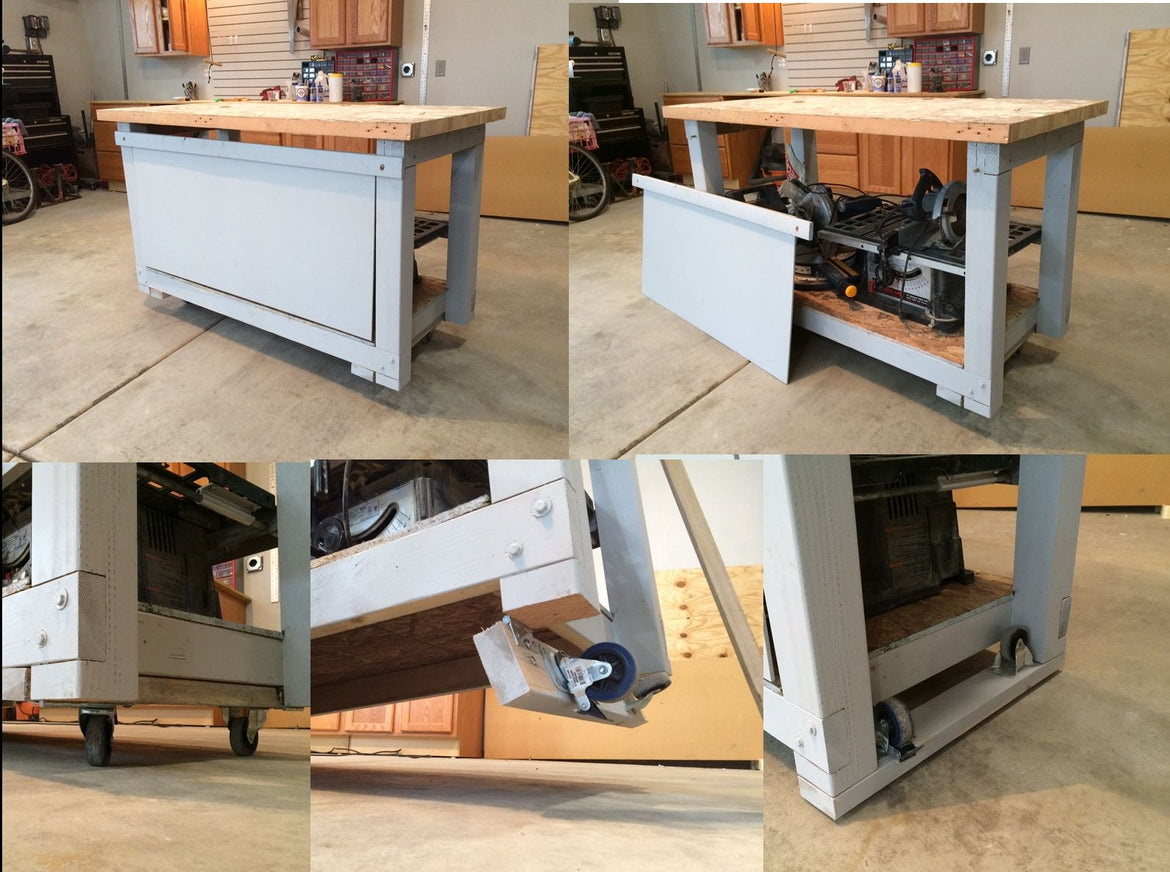
Beyond the Lever: A Complete Technical Guide to Retractable Caster Components, Installation, and Troubleshooting
You know that Retractable Casters are vital for equipment mobility and stability. However, neglecting the mechanisms can lead to premature failure, costly downtime, and safety risks. This guide is your technical deep dive, offering a breakdown of components, a step-by-step installation process, and essential maintenance protocols. Mastering the upkeep of your Industrial Casters ensures maximum operational efficiency and longevity.
What Makes the Mechanism Reliable?
The dual function of Retractable Casters relies on several interconnected, precision-engineered parts. Understanding these components is the first step toward effective maintenance.
The Retraction Mechanism
This system, controlled by the foot pedal or lever, smoothly raises or lowers the wheel assembly by overcoming the equipment’s static weight.
Cam/Spring System: Heavy-duty models use robust compression springs engineered for thousands of cycles. This mechanism must be sealed to prevent ingress of dirt or debris, which can cause binding and internal wear.
Leverage Point: The external pedal provides the mechanical advantage needed for the operator to quickly switch between mobility and stability modes.
The Wheel Assembly and Footpad
These components facilitate movement and provide stabilization.
Wheel Material: The choice of material (polyurethane, rubber, nylon) impacts floor protection and noise levels. The precision ball bearings must be sealed against debris, especially in dusty industrial environments.
The Stability Footpad: When casters are retracted, the footpad is the point of ground contact. It must be made of high-durometer rubber or rigid plastic to ensure effective vibration dampening and non-slip grip for absolute stability.
The Adjustment Screw: This critical feature allows users to micro-adjust the caster's retracted height. This is vital for leveling the equipment on uneven floors and ensuring equal weight distribution.
Step-by-Step Technical Installation Guide
Proper installation is critical to maximizing load capacity and service life.
Preparation and Alignment
- Safety & Stability: Secure the equipment and ensure it is empty before beginning.
- Determine Placement: Casters should be mounted near the corners of the equipment to maximize stability.
- Establish True Plane: Use a level to ensure all four Retractable Casters are marked for installation on the exact same plane.
- Use a Template: Always use the manufacturer’s mounting template to precisely mark drill locations.
Drilling and Securing
- Select Hardware: Use high-grade bolts, washers, and locking nuts appropriate for the load and frame material.
- Torque Control: Fasten all bolts securely. Critical Note: Use a torque wrench to ensure bolts are tightened to specifications. Over-tightening can warp the mounting plate, while under-tightening leads to dangerous wobbling.
Final Calibration and Testing
- Function Check: Test the retraction mechanism on all casters to ensure smooth engagement and retraction.
- Leveling: Retract the casters and use a precision level across the top of the equipment. Adjust the Adjustment Screw on the footpads until the equipment is perfectly stable and level, guaranteeing equal weight distribution.
Troubleshooting and Maintenance Essentials
Proactive maintenance prevents premature failure and costly operational downtime.
Routine Maintenance Schedule
| Maintenance Task | Frequency | Focus Area |
| Visual Inspection | Weekly | Check for loose bolts, damaged footpads, and debris accumulation. |
| Cleaning & Lubrication | Quarterly | Thoroughly clean the wheels and retraction linkage. Apply a light-duty grease or silicone spray to all pivot points and spring mechanisms. |
| Re-Torquing | Semi-Annually | Check all mounting bolts and nuts for loosening due to vibration and retorque to prevent component failure. |
Troubleshooting Common Caster Issues
| Problem | Cause | Quick Fix |
| Mechanism Fails to Engage | Debris caught in the linkage or corrosion. | Thoroughly clean and lubricate the mechanism. |
| Equipment Wobbles | Footpad Adjustment Screw is misaligned or the floor is uneven. | Recalibrate the Adjustment Screw until the load is balanced. |
| Squeaking/Sticking | Lack of lubrication in pivot points or loose mounting hardware. | Apply lubricant to all joints and tighten mounting bolts securely. |
The HOLKIE Difference: Built for Easy Serviceability
At HOLKIE, we ensure performance through superior design:
Durable Construction: Our Heavy-Duty Casters use high-grade, corrosion-resistant steel.
Modular Design: Our casters allow for easy part replacement (like the footpad or wheel) without needing to replace the entire unit, simplifying service and reducing long-term maintenance costs.
Technical Support: Every purchase includes access to detailed technical drawings and expert support, ensuring your maintenance team has the resources needed to keep your HOLKIE Retractable Casters running perfectly.












